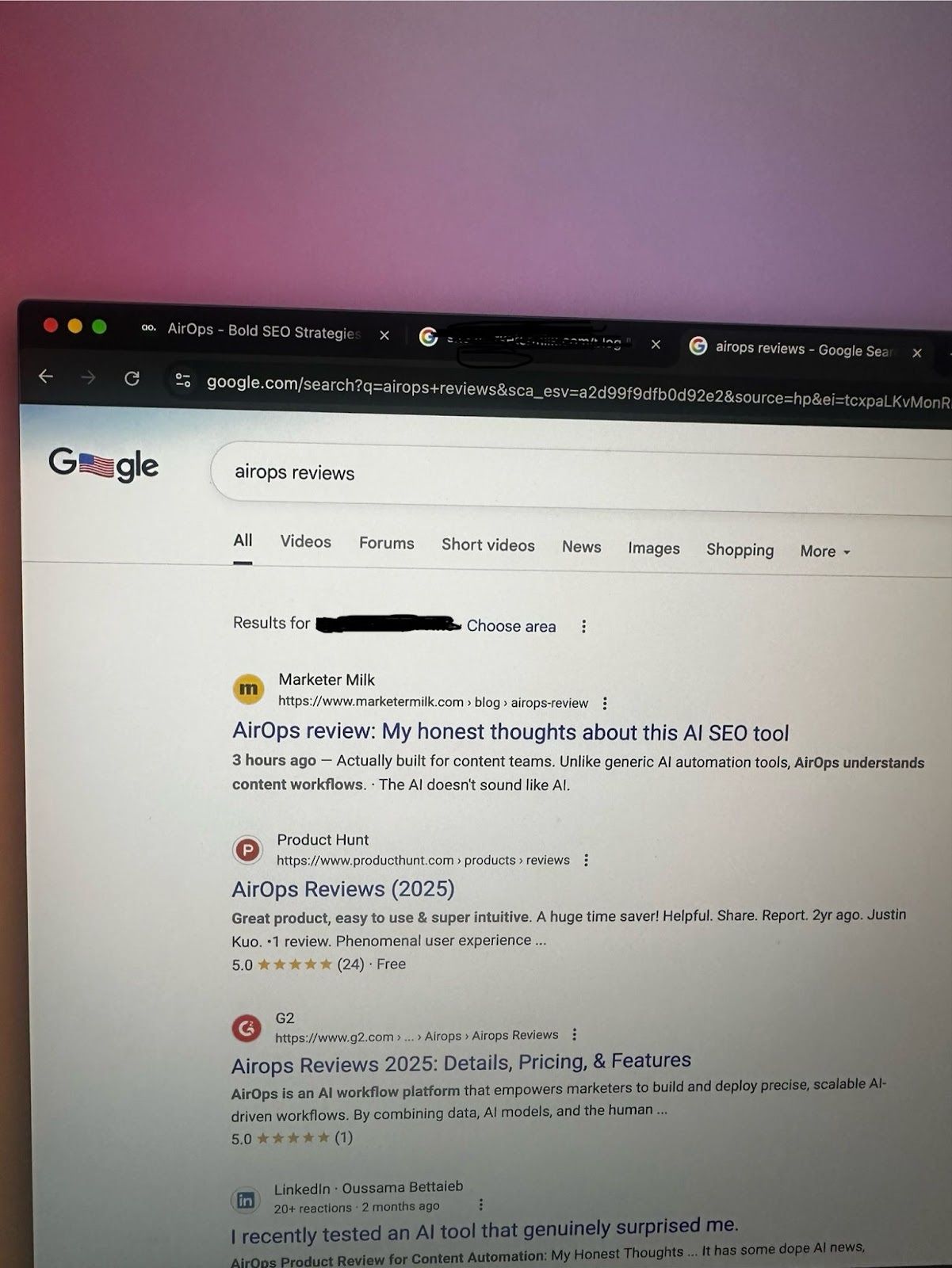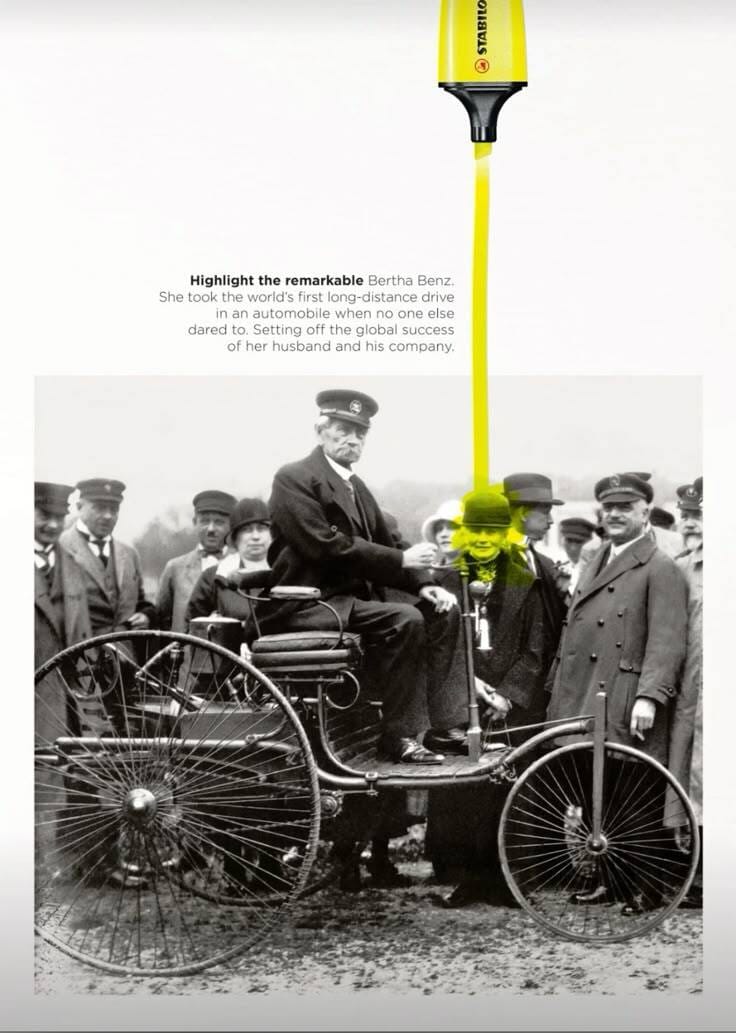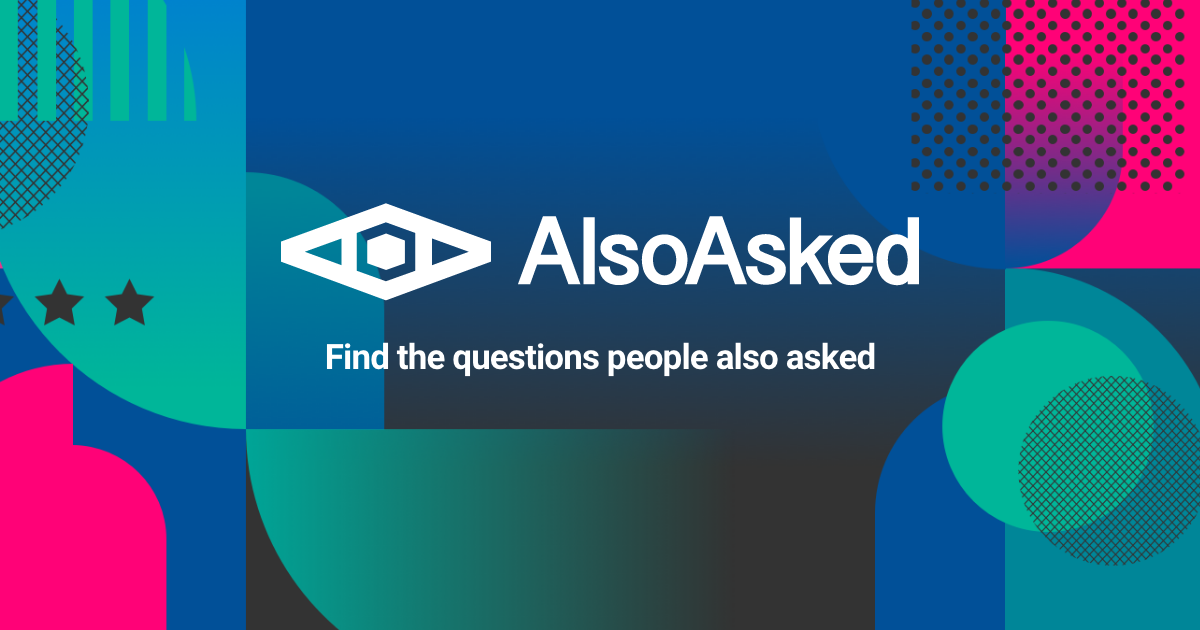- Marketer Milk
- Posts
- How to think about AI
How to think about AI
AI is the worst and best invention of our time (besides the internet).
It's the worst because it's caused so much confusion for us marketers.
Layoffs, a million "AI-powered" tools to choose from, no real knowledge on how we are supposed to use it, and yet, feeling like if we don't figure this thing out we will get left behind.
I would be lying if I said I wasn't confused for a while. And really only the past few months has it become clearer to me how it fits into my daily work-life.
Forget the AI tools, forget rushing to figure out what to automate, forget the "10 best prompts to do XYZ," forget that it can replace your job.
In order to become an amazing AI-powered marketer, you first need to adopt a first-principles mental model.
The mental model that changed everything for me
What does AI stand for? Artificial Intelligence.
Now, what if we rebranded it to AH — Artificial Human.
Because that's what it really is, it's a computerized person. And just how humans have different characteristics, specialties, and personalities, so does AI.
Well, AI models that is.
Different AI models are used for different things. There are reasoning models that are really good at having a back and forth conversation to refine your ideas. And then there are "agentic" models that are great at executing on tasks: coding, writing, creating images, etc.
If we look at it through this lens, we start to see AI a bit differently. But now, let's take a classic tech company org chart:
Director level: This person has the vision, goals, and understands the direction the company needs to go.
Manager level: The manager works closely with the director to understand their vision and turn that vision into a strategy, plan, or roadmap.
IC level: The individual contributor works to understand the manager's plan and then executes on it.
Now, we can use this general framework to figure out how AI (models) fit into our workflows.
Director: This is YOU. It will always be you. You understand the vision and you know better than anyone what direction makes the most sense to steer the ship.
Manager: This is you collaborating with an AI model that is good at reasoning. Currently, the best ones I've found are ChatGPT o3 or Claude Sonnet 4. I prefer o3.
IC: This is an AI model that is "agentic" and can execute on tasks. Currently, the best ones I've found are Claude Opus 4 or ChatGPT 4o. I prefer Opus 4.
It’s important to note that, through this mental model, you're still involved at every level. But your involvement decreases as the levels go down. You are 100% the director, you are probably 60% the manager, and about 10-20% of the IC.
But do you see what this can unlock? For the first time, 1 person can do what 2-3 people used to do.
What this looks like in practice
My AI workflow stack looks like this:
Director: Me
Manager: Me + ChatGPT o3
IC: Claude Opus 4 + a little bit of me
Total cost: $40/month ($20 for ChatGPT Plus, $20 for Claude Pro). Ridiculously cheap for what it delivers.
Let me show you a real example of how I used this framework to rank #1 in Google in just 3 hours:
Director: I want to help marketers discover amazing tools that will truly help them — not just promote companies that throw money at me.
Manager: I scrape tool listings, browse Reddit, look at what Silicon Valley angel investor are putting their money into. Then, I feed this into ChatGPT o3 to help come up with content ideas and keyword variations.
IC: I created an outline, spoke out everything that needed to be said under each heading using voice-to-text, then told Opus 4 to organize the thoughts and clean up the article for readability and grammar.
The result?

Ranking #1 in 3 hours (might be a new record)
Important: I didn't ask AI to write from scratch. I injected my own original insights, resources, and direction. It would've taken me 3-4 hours to write and edit this before. With AI, it took 1.5-2 hours.
(I also don’t use this workflow for writing this newsletter or my in-depth blogs. The screenshot above was an experiment to test with clients.)
The key insight
If there's one thing I've learned about AI in marketing it's this: you can't automate what you can't teach someone else to do.
The way I was able to get the results from the screenshot above was a result of transcribing 11 hours of my own course content and feeding it to AI (Claude Projects). All of this trained the IC and created a clone of me.
I still never outsource my director-level thinking, or even all of my manager-level thinking to AI.
And I never one-shot a prompt at these tools. I treat it like a human, and I first think about how much it actually knows about what I want it to do. It's all about how you lead it and train it over time, just like you would with a junior person on your team.
In the end, AI is designed to help you do things you would have already done, but better and faster. It's not here to replace you, it's here to work for you. It's here to help you do the easily-trainable IC work. Your real value comes from strategy and vision.
Note: For this particular workflow, the manager-to-IC handoff is more fluid than my other uses cases (like for coding), where ChatGPT o3 literally writes prompts for Claude. But the principle remains the same — I use different AI models for different types of thinking. If you want to learn more about my other workflow, I wrote a full blog post about it you can check out here.
With that, let's get into what we have in store this week (lots of good stuff):
Marketing news from the past week
AI share button growth hack
LLM writing tips to get good outputs
How to create product-led content
The art of neurobranding
Ad from the past
Website of the week
Cool marketing jobs
And much more
🗞 In the news
🚀 All things growth & product
💭 Guess the riddle
Which word in the dictionary is spelled incorrectly?
Answer is at the bottom of this email
💌 Email marketing, copywriting, & psychology
✍️ SEO & content marketing
🧠 Wild card
📣 Ad from the past

Stabilo Boss’ “Highlight the Remarkable” ad campaign
💻 Website of the week
🏝 Cool marketing jobs
Okay, that's it for now 💛. See you in the next edition!

What did you think of this newsletter? |
“Often people attempt to live their lives backwards, they try to have more things or more money in order to do more of what they want so that they will be happier. The way it actually works is the reverse. You must first be who you really are then do what you need to do in order to have what you want.” — Margaret Young
Riddle answer: Incorrectly

🤳 Social media, branding, & paid ads